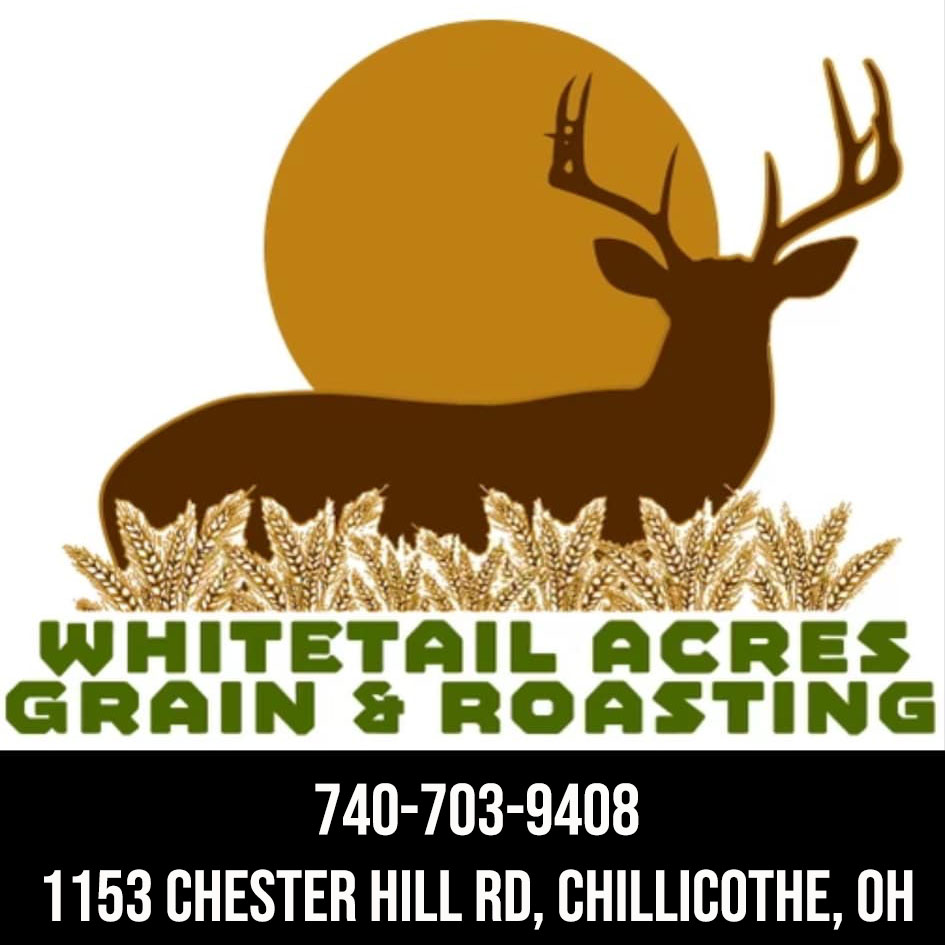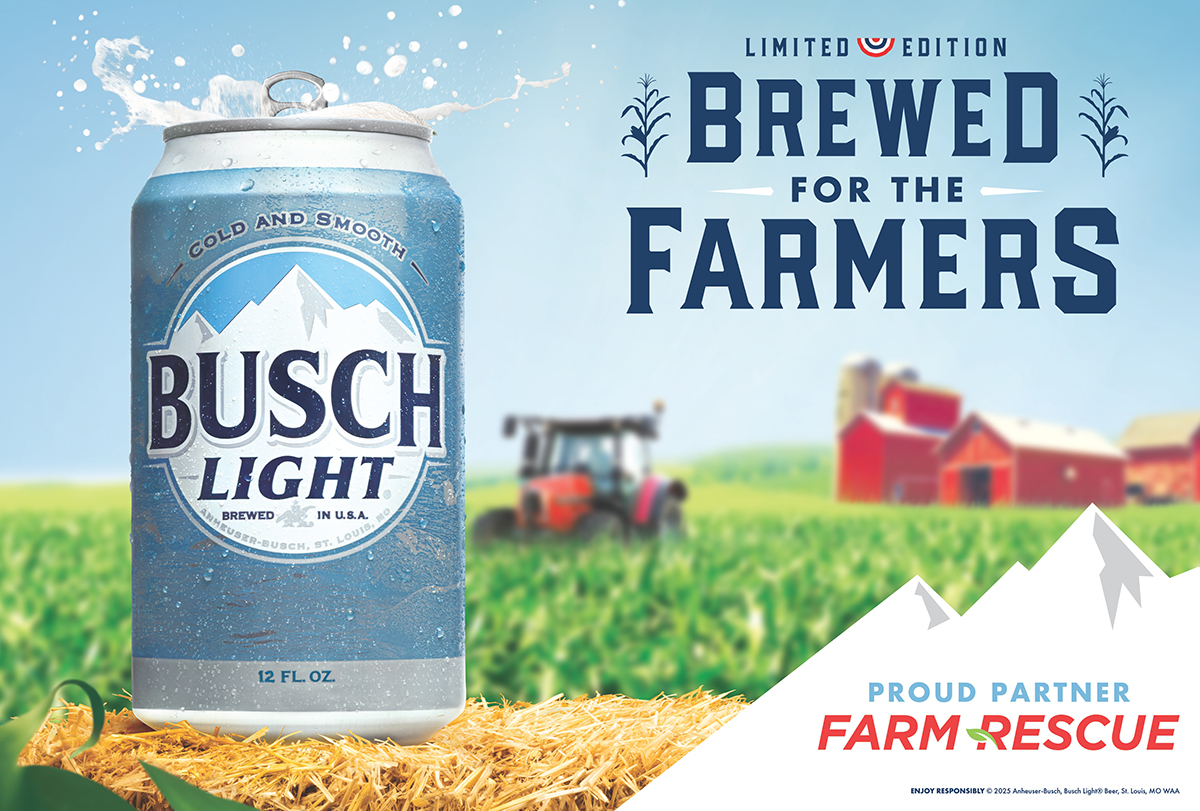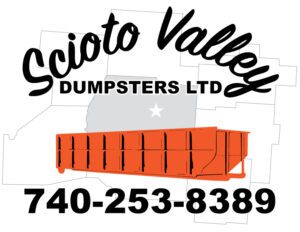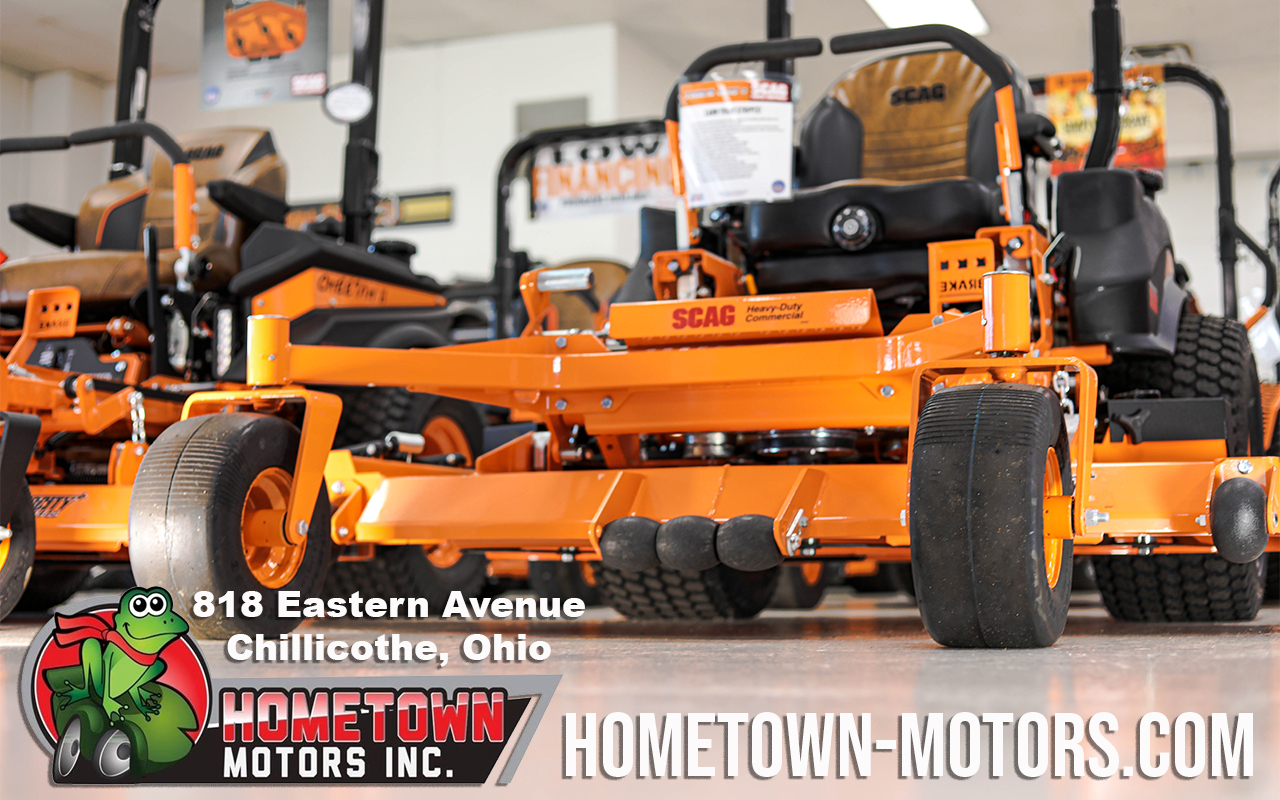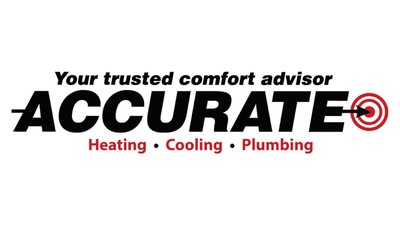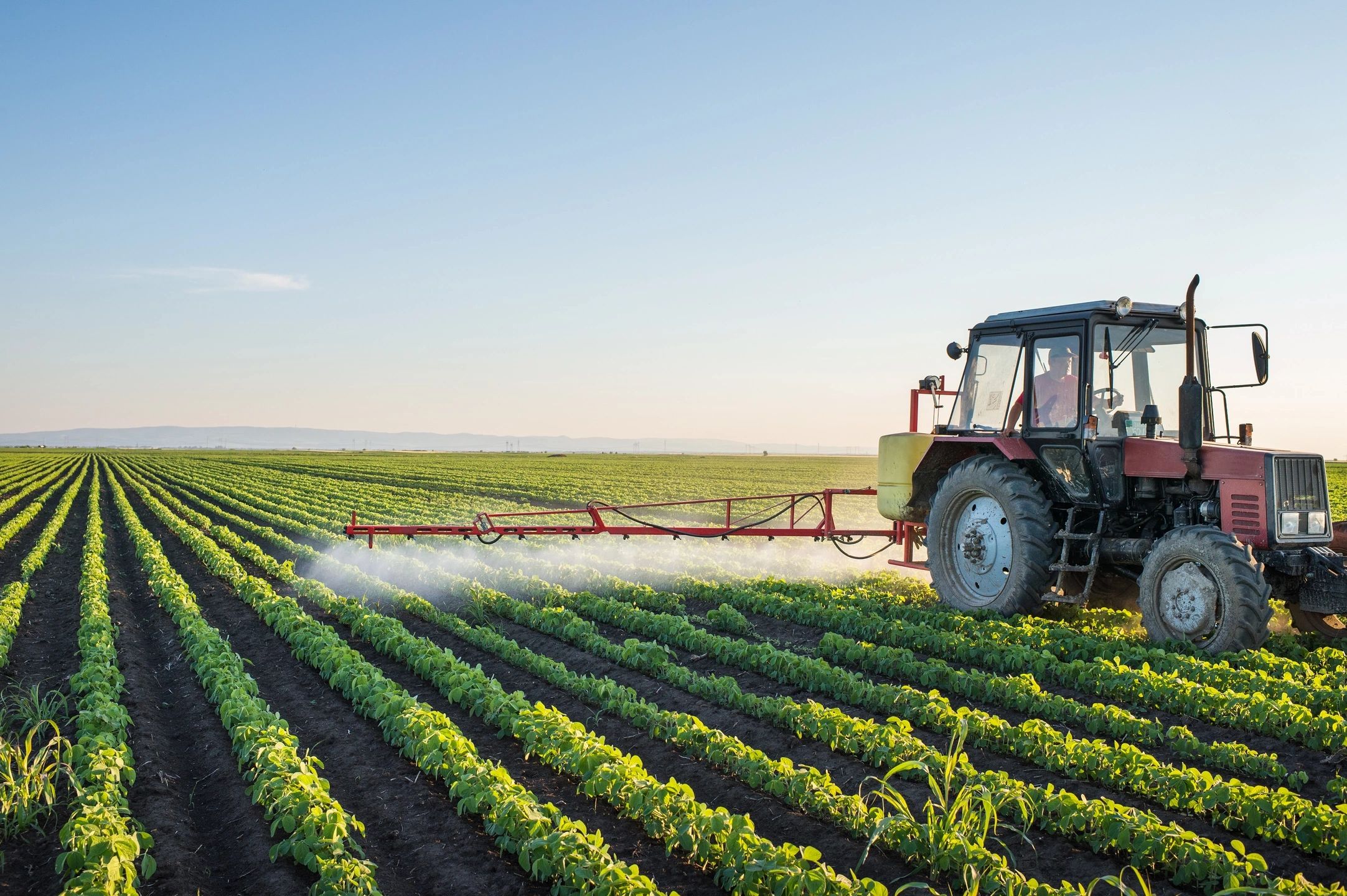
Harvest Safety Tips While Traveling Rural Roadways
Article Presented By Scioto Valley Dumpsters, LTD.
(Ohio State University) – As urban development expands into the rural countryside, so too does the need to practice safety on public roadways. During harvest season there is an increased traffic flow on rural roads with agricultural implements and grain trucks. Protecting property and saving lives – of both the farm family and the general public – are the underlying goals for roadway safety.
Understanding rules of the road is a shared responsibility between the farm machinery operators and the motoring public. Oftentimes blame falls on either party, when in fact it may be a mutual misunderstanding for the Ohio Revised Code.
Here are common roadway violations and misunderstandings frequently addressed by the OSU Extension Agricultural Safety Office.
Lighting and Marking requirements:
The Slow Moving Vehicle (SMV) Emblem was developed at Ohio State University, and is required by Ohio law on all pieces of farm machinery and implements of husbandry. It is an early detection device to signal motorists that a vehicle is travelling at slower speeds. The orange fluorescent center is best seen in daylight hours while the outer red reflective border is noticed more at night. Additional requirements for the emblem are:
• it is visible to the rear at 1,000 feet,
• it should be mounted with the point up, and no more than 10 degrees off vertical placement,
• it should be mounted in the center of the vehicle, or as near left-center as possible,
• it should be placed between 2 – 10 ft above the ground,
• it must be kept in good condition where it is clean, unfaded, and undamaged.
Other lighting and marking requirements include:
• headlights and rear taillights are required from sunset to sunrise,
• amber flashers and amber reflective tape marks the front and sides of the implements,
• red reflectors and reflective tape marks the rear of the implements,
• extremity lighting over dual wheels is required to mark the widest points of the tractor,
• Speed Identification Symbols (SIS) are required on high-speed tractors, in conjunction with the SMV emblem
If towed implements block the lighting scheme of the tractor, the implements must replicate the lighting and marking of the tractor, at a minimum red taillights, red reflectors, and SMV emblem.
Weight Limits:
In Ohio, there are three different weight limitations that can be enforced on agricultural machinery.
- The maximum overall gross weight is 80,000 pounds.
- Per tire limit, where 650 pounds per inch of inflated tire.
- Per axle limit, where there is both an Ohio law and a bridge weight formula. Single axle weight limit is 20,000 lbs. Any two successive axles, weighed simultaneously that are up to 4ft apart may have 24,000lbs; if the axles are more than 4ft apart, they may have 34,000lbs.
- The federal bridge formula will allow 2 consecutive sets of tandem axles to carry gross loads of 34,000lbs each when there is a distance of 36ft between the first and last axle.
- A bridge weight formula calculator can be accessed at: https://ops.fhwa.dot.gov/freight/sw/brdgcalc/calc_page.htm
Ohio laws allow a 7.5% variance from the weight laws when farm commodities are transported from where they were produced to their first place of delivery where title is transferred. However this variance is not permitted on interstate highways, or during the months of February and March, or on roads and bridges where there is a posted maximum weight restriction.
Restricted Parking on Highways
Ohio law does not allow for vehicles to be parked on paved or main travelled roadways when it is practicable to be stopped, parked, or off the roadway. The vehicle should provide a clear and unobstructed portion of the roadway opposite the vehicle for free passage of other vehicles, and a clear view of stopped vehicles from a distance of 200 ft in either direction. Other parking restrictions include:
• Vehicles cannot block a public or private driveway;
• Vehicles cannot park within an intersection;
• Vehicles cannot park within 30 ft of a flashing beacon, stop sign, or traffic control device;
• Vehicles cannot park within 50ft of a railroad crossing or the nearest rail of an operating railroad.
Dimension Limits:
Wide implements don’t always have the right of way. Farm operators must be cautious when and respectful of traffic flow when they are outside of these general size recommendations:
• Vehicle’s width should not exceed 8.5ft (102 inches)
• Vehicle’s height should not exceed 13ft, 6inches
• Vehicles length should not exceed 40ft (single vehicle) or 65ft (combination vehicles)
Farm machinery is exempt from width, length and height requirements when the equipment is being moved on the roads. These exemptions do not apply when machinery is being hauled on the roads. However, it is recommended for machinery to be transported in the smallest possible configuration – meaning the use of combine header carts is encouraged.
Tips for the motoring public during harvest season include:
• Be alert and patient for slow moving farm machinery and flashing lights.
• Realize that farm equipment cannot always “ride the berm” when mailboxes and road signs are mounted near the roadside – in this case tractors may occasionally swerve over the center line.
• Farm implements are not required to move off of the road to allow traffic to pass.
• Motorists should only pass on a double yellow line when:
– The slower vehicle is proceeding at less than half the speed of the speed limit applicable to that location.
– The faster vehicle is capable of overtaking and passing the slower vehicle without exceeding the speed limit.
-There is sufficient clear sight distance or center line of the roadway to meet the overtaking and passing provisions of the slower vehicle.
• Farm trucks, semi trucks and grain carts carrying a full load of grain cannot stop easily. Do not merge into their lane, do not cross into their paths, and do not expect them to stop abruptly.
For both the farm operator and the motoring public, it is important to reduce stressful situations whenever possible. Practicing roadway safety during harvest season makes for a better place for all travelers. For more information, visit: https://agsafety.osu.edu.














